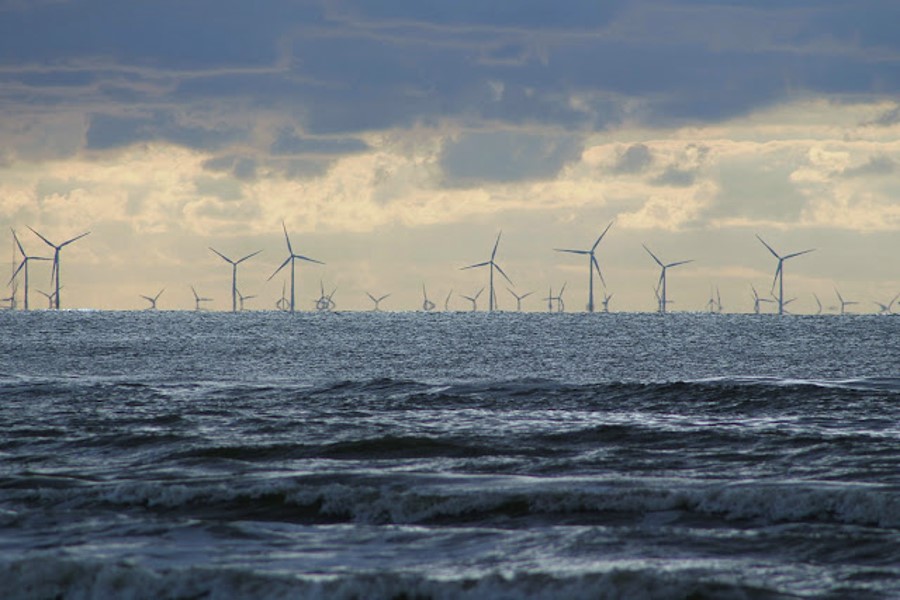
This article examines the carbon intensity of regional energy supply in England, including the sources of energy used to generate electricity and their associated carbon emissions. The analysis reveals that energy supplies in the North of England are increasingly sourced from low carbon energy sources such as wind and hydro power while energy supplies in the Midlands and South West of England are sourced from higher carbon sources such as gas and biomass. The good news is that the amount of electricity generated from lower carbon energy sources has been growing by 15.2% each year since 2008.
Data Sources: National Grid’s Carbon Intensity API provides an indicative trend of regional carbon intensity of the electricity system in England. It provides programmatic and timely access to both forecasted and estimated carbon intensity data and CO2 emissions related to electricity generation only. The includes emissions from all large metered power stations, interconnector imports, transmission and distribution losses, and accounts for national electricity demand, embedded wind and solar generation.
Carbon intensity refers to how many grams of carbon dioxide (CO2) emissions are produced to generate a kilowatt hour (kWh) of electricity. Electricity that’s generated using fossil fuels is more carbon intensive while electricity produced from renewable energy sources such as wind, hydro or solar power is less carbon intensive. Using electricity with a low carbon intensity value will reduce carbon emissions overall and the minimise the greenhouse gas effect and global warming potential of the climate.
The pace of transition to lower carbon energy sources in England is growing faster than most countries. Based on national energy consumption data for all companies in Europe, England is ranked 13th for renewable energy consumption. According to data from National Grid, the English energy diet consists of 36.2% Gas, 15.9% Wind, 12.5% Nuclear, 9.4% Solar, 6.6% Biomass, 3.2% Hydro and the remaining 16.1% of energy consumption is met via imports from neighbouring countries, including Scotland, Norway, Netherlands, Belgium, and France.
We need to reduce our dependence on coal power plants, they are a major source of CO2 emissions, air pollution, smog and acid rain. Burning coal releases dangerous pollutants into the atmosphere such as mercury, arsenic and lead. Additionally, coal-fired power plants consume large amounts of water and can cause water pollution. Replacing coal power plants with alternative sources of energy, such as renewable energy, can help reduce pollution, minimise damage to the natural environment and improve public health.
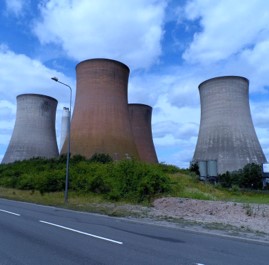
The electricity that’s produced from renewable energy sources can’t always be guaranteed. For example, there will be less solar energy when the sun isn’t shining and less wind power when the wind isn’t blowing. It’s also difficult to store and use later. So if you put the kettle on, or switch on the TV during a time when no renewable energy is available, the system will instead need to rely on sources with higher carbon intensity, such as fossil fuels. This means that knowing when low-carbon electricity is most available has become more important than ever to help reduce our carbon footprint.
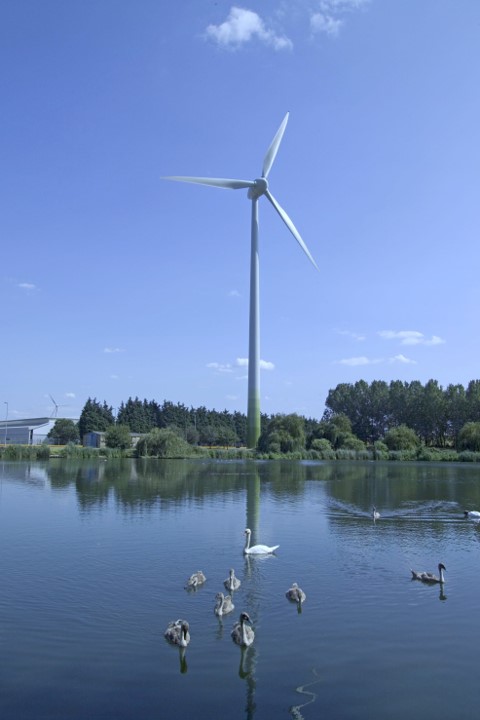
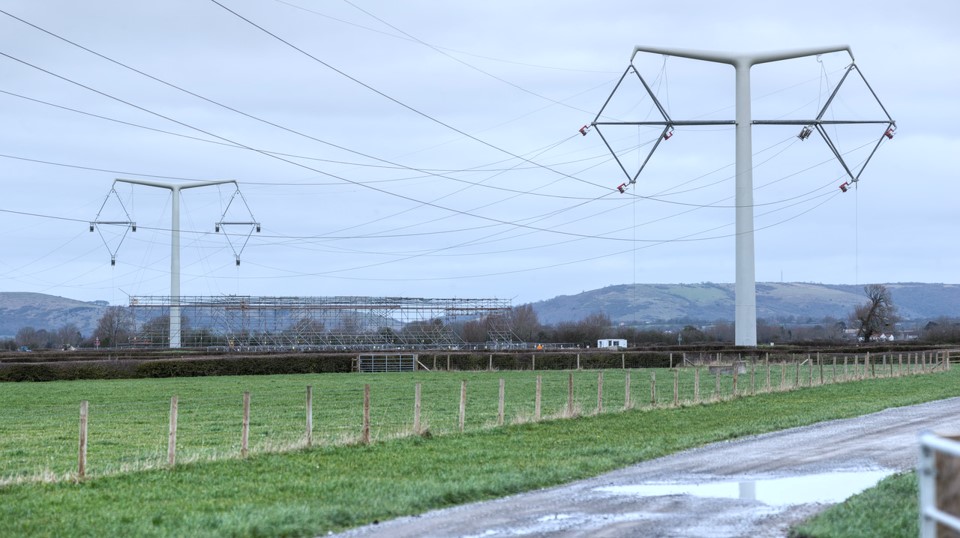
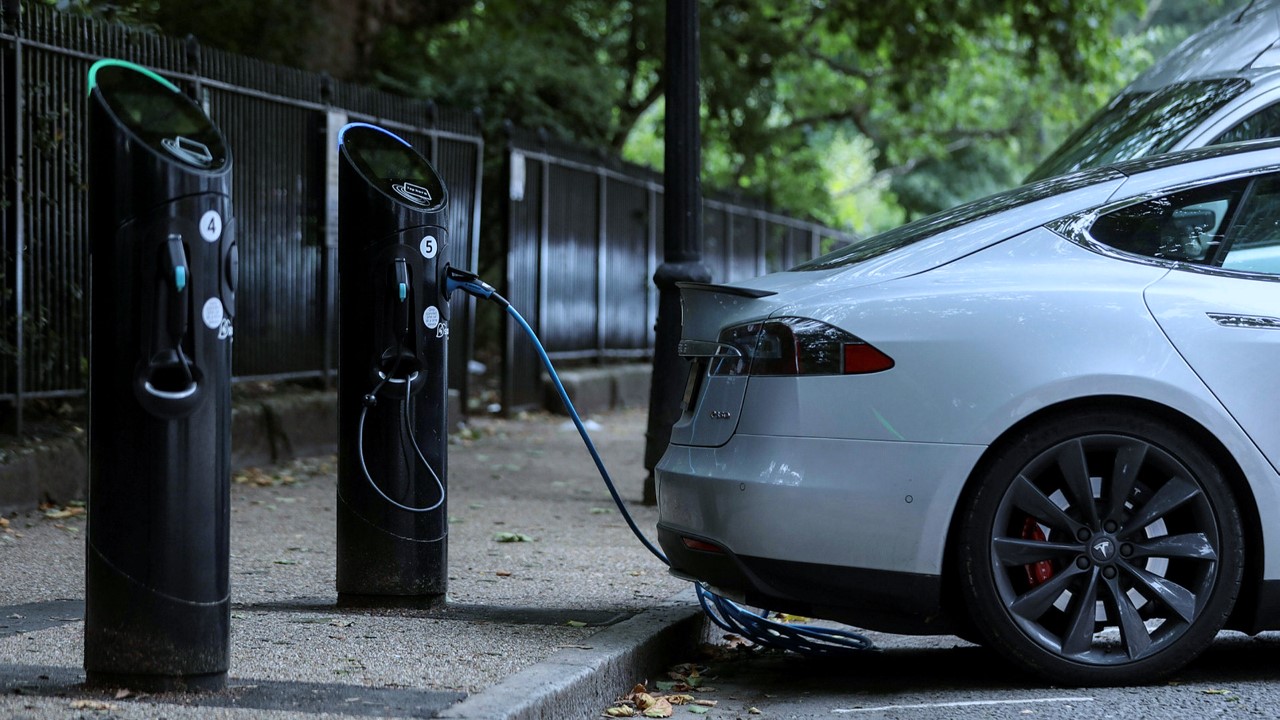
copyright Authentic Evidence Limited
National Grid has produced a free app called WhenToPlugIn, which informs people about the carbon intensity of energy supplies in their area and provides decision support to help people understand the best times to use electricity from low carbon energy sources. Based on their data, if 1 million people in England switched to using their washing machines and tumble dryers when the electricity in their area was produced from low carbon energy sources, we could prevent 240,900 tonnes of CO2 emissions each year. This is equivalent to the CO2 emissions of 114,500 petrol and diesel engine cars.
Understanding carbon intensity is a win-win for everyone; not only will it help us to eliminate greenhouse gases from our atmosphere, but it can also save us money on our energy bills. By being aware of the carbon intensity of the electricity we use, we can make decisions around our energy use that will help us to play a role in fighting climate change.